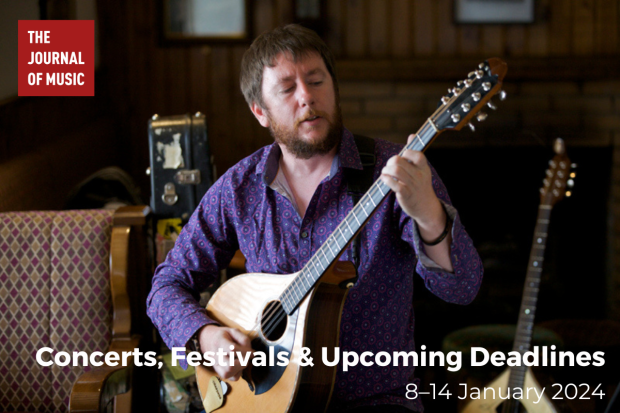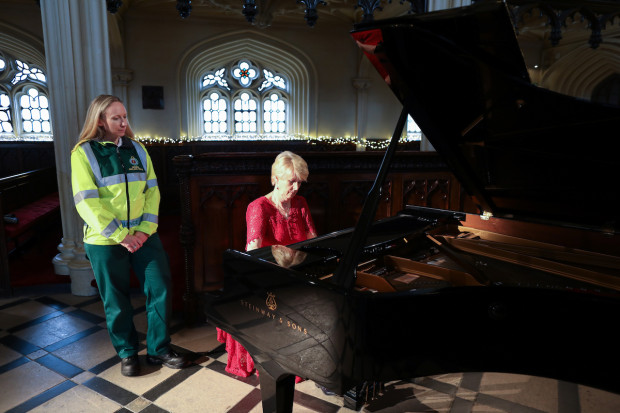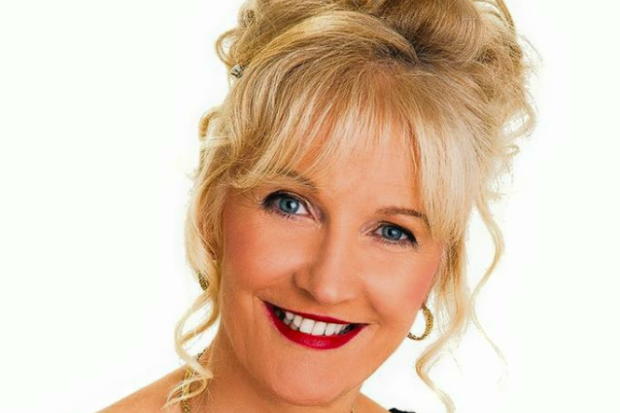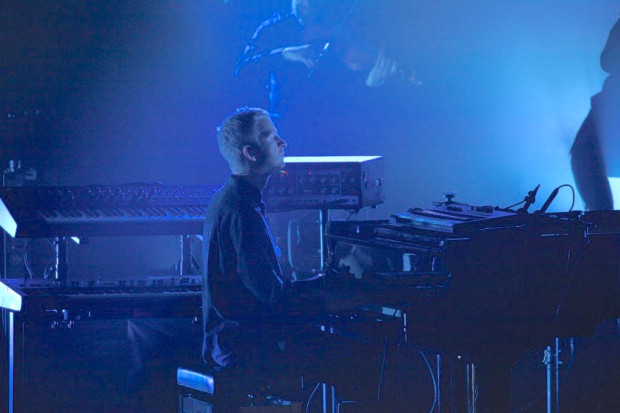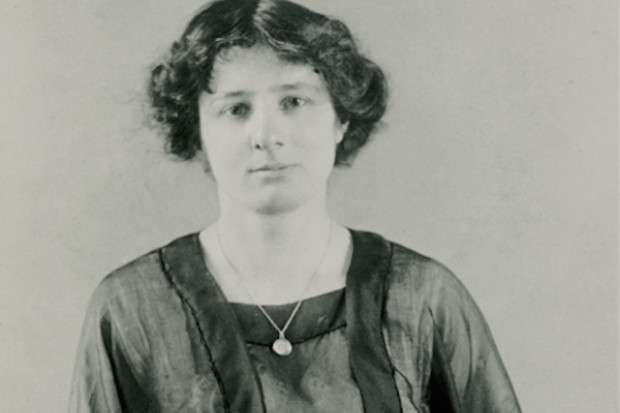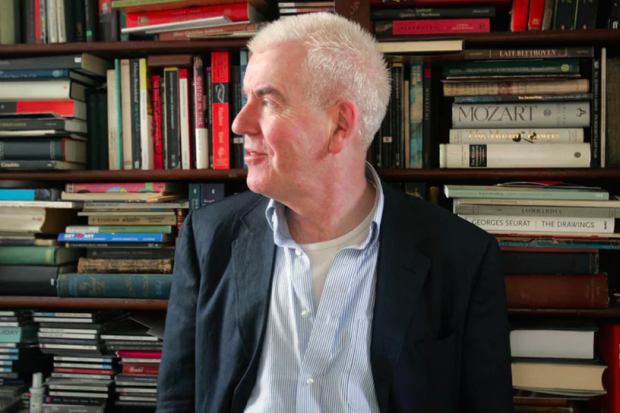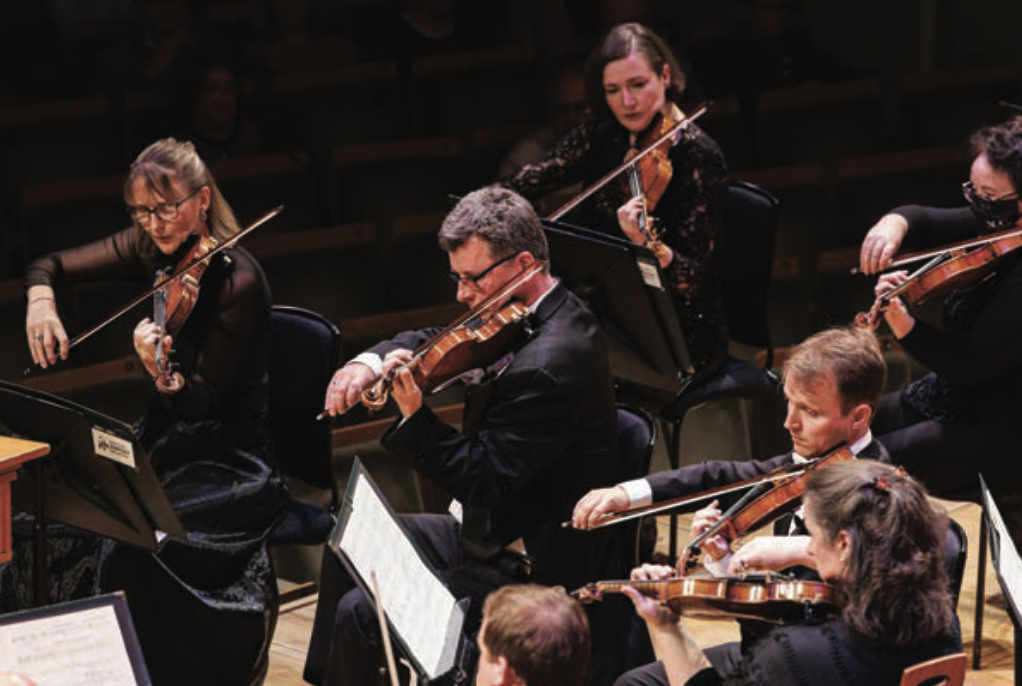
National Symphony Orchestra (Photo: NSO)
When it Comes to New Music, the NSO Needs to Get a Move On
This coming Friday will see the National Symphony Orchestra launch their 2023/24 season with the traditional ‘prelude’ concert featuring a programme of Brahms, Berlioz and a newly commissioned work from Irish composer Brian Byrne for uilleann pipes and orchestra. The occasion will mark the beginning of the second full season for the NSO under their new management at the National Concert Hall and, as such, gives some indication of the future direction that the orchestra intends to take as it emerges from its lost decade at RTÉ.
Surveying the season as a whole, NSO general manager Anthony Long writes that ‘the bedrock of the season is the vast repertoire of classical titans Tchaikovsky, Beethoven, Mozart, Holst, Stravinsky, Mahler, Brahms, Dvořák and Fauré.’ While nobody should be surprised that the big boys tend to dominate, the programming in general could be described as conservative with the most well known works from these figures – Tchaikovsky’s Sixth, Beethoven’s Fifth, Mozart’s ‘Elvira Madigan’ piano concerto, Holst’s The Planets, Dvořák’s Ninth, Fauré’s Requiem, etc. – featuring prominently. There is nothing particularly wrong with this, but if one was looking to make a statement of intent, it is not exactly obvious from the season brochure.
The most interesting concerts are perhaps those that are linked by a strong theme such as Leonard Slatkin’s two concerts in November featuring American music – including Barber’s rarely performed ‘Flight’ symphony – and music inspired by the sea featuring works by Mendelssohn, Britten and Vaughan Williams’s Sea Symphony in collaboration with the RIAM Philharmonia and Chorale. Also encouraging is the inclusion of several big international stars such as Marin Alsop, Sheku Kanneh-Mason and Elīna Garanča alongside well-known Irish names. There is a notable emphasis on female composers with seven of the season’s concerts beginning with works by historical figures Augusta Holmès, Ethel Smyth, Ina Boyle and Lili Boulanger as well as pieces by living Irish composers Linda Buckley, Irene Buckley and Siobhán Cleary. The hundred-year anniversary of the death of Charles Villiers Stanford is marked by performances of the composer’s Clarinet Concerto, his Piano Concerto No. 2 and the Irish Rhapsody No. 1. As regards fulfilling its remit as the ‘National’ Symphony Orchestra, last year’s season witnessed the encouraging return to regional performances with trips to Galway, Cork and Waterford, a development that has been retained this year with visits to Wexford, Waterford and Limerick.
Programming new music
There are certainly positive aspects to the season but one area where there is still a lack of new thinking is in the programming of new music. Four years ago, I conducted a survey of national orchestras in Europe and calculated the amount of new music they were performing in their main season concerts. The results showed that the (then RTÉ) NSO was way out of step with its peers who were performing between two and three times more new music than the NSO.
It seems that very little has changed in the meantime. This year, there is only one newly commissioned piece in the entire ‘main season’ of the NSO: the aforementioned piece by Byrne. There is also the Irish premiere of a concerto for double bass by Gerald Barry that was commissioned by the Berlin Philharmonic and performed by them last year. Going on the basis of the average duration for concertante-type works, these pieces should last around 20–25 minutes each. The only other piece composed inside the last ten years – a reasonable, if slightly generous time period for what could be considered ‘new music’ – is Joe Chindamo’s trombone concerto Ligeia, a work of around 23 minutes in duration (the two Buckley pieces and the Cleary are older than ten years). This means that the total amount of contemporary music in the 23/24 season will add up to somewhere between 60–70 minutes. There is a short overture-style piece commissioned from Shaun Davey for the St Patrick’s Day programme, but this concert is not included in the ‘main season’ subscription.
The unfortunate reality is that these figures are way off what peer orchestras are performing in other European countries. For example, our nearest neighbouring broadcast orchestra, the BBC National Orchestra of Wales, will perform six world premieres and six UK premieres in their upcoming season. Seven out of the nine concerts scheduled this side of Christmas by the London-based BBC Symphony Orchestra will contain either a BBC commissioned world premiere, a UK premiere or a London premiere of new music. Up north, the BBC Scottish Symphony Orchestra will play more contemporary music in the months of September and October than the NSO will play in the entire season with performances of works by Ryan Wigglesworth, Cassandra Miller, Unsuk Chin and Jörg Widmann that together total 72 minutes. They will then exceed this total the following month in November with a performance of Irish composer David Fennessy’s 70-minute Conquest of the Useless (2017) and Jonathan Woolgar’s 6-minute Canzoni et Ricercari (2021). Ironically, the performance of Fennessy’s piece will actually mean that the Scots will end up playing more recently composed music by Irish composers in the 2023/24 season than Ireland’s national orchestra itself.
The future of the orchestra
Why should all this be concerning? Well, first of all there is the obvious resentment that Irish composers must feel at not being granted the same level of opportunity to write for the national orchestra that their colleagues in other countries enjoy. While many have resigned themselves to writing for small ensembles, the fact is that few composers are able to carve out an international reputation for themselves unless they tackle the mainstream, and for the moment that still means writing symphonies, concertos and operas. There is also the stagnating effect that conservative programming tends to have on audiences’ tastes. Without a continual diet of new works, audiences tend to get more and more conservative, retreating into the ‘I know what I like’ zone of comfort listening.
However, what I would argue is most pressing are the implications the current programming policy may have for the future of the orchestra itself. The NSO received €8 million in order to facilitate its transfer to the NCH. The government press release added that this amount ‘largely equates to the estimated running costs of the NSO’, which would seem to imply that a similar funding figure will be required over the coming years.
What other orchestras across Europe seem to have grasped is that the regular performance and commissioning of contemporary music is one of the best arguments for the maintenance of their current funding levels. In corporate speak, new music is an orchestra’s ‘research and development’ department, the ingredient which keeps it fresh and relevant to contemporary life; it helps present a cutting-edge, diverse image that can resist the whims of successive governments’ arts policy.
The NSO’s narrow-minded focus on the museum repertoire of ‘great titans’ is a long-term liability and the orchestra’s new management at the NCH will have to confront this issue if the orchestra is to have a vibrant and secure future. That this situation has been allowed to go unchecked for so long is deeply concerning but it is still not too late to turn things around. With a little bit of creativity, forward-thinking and, most importantly, a sense of obligation to all their stakeholders, the NSO can secure a vibrant and indispensable place in Ireland’s musical landscape for future generations. However, they would need to get a move on.
For upcoming NSO concerts, visit www.nch.ie.
Published on 6 September 2023
Adrian Smith is Lecturer in Musicology at TU Dublin Conservatoire.










